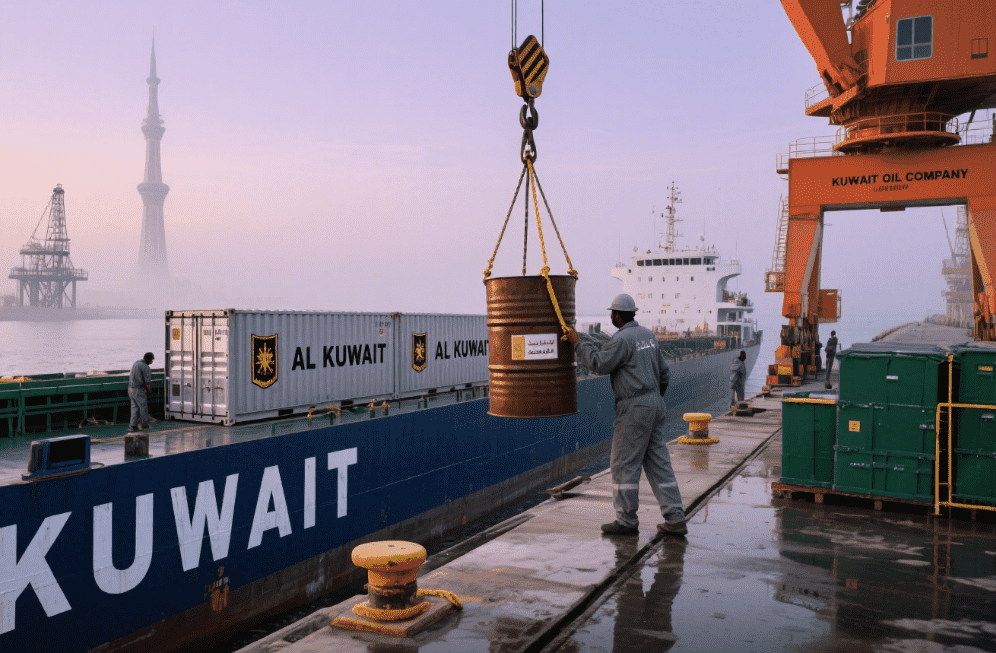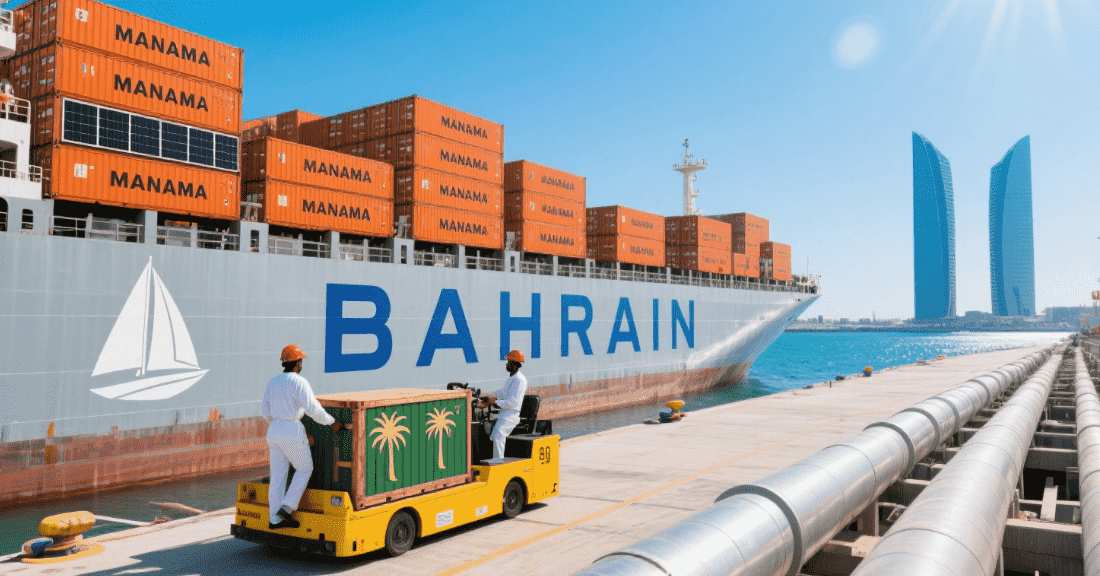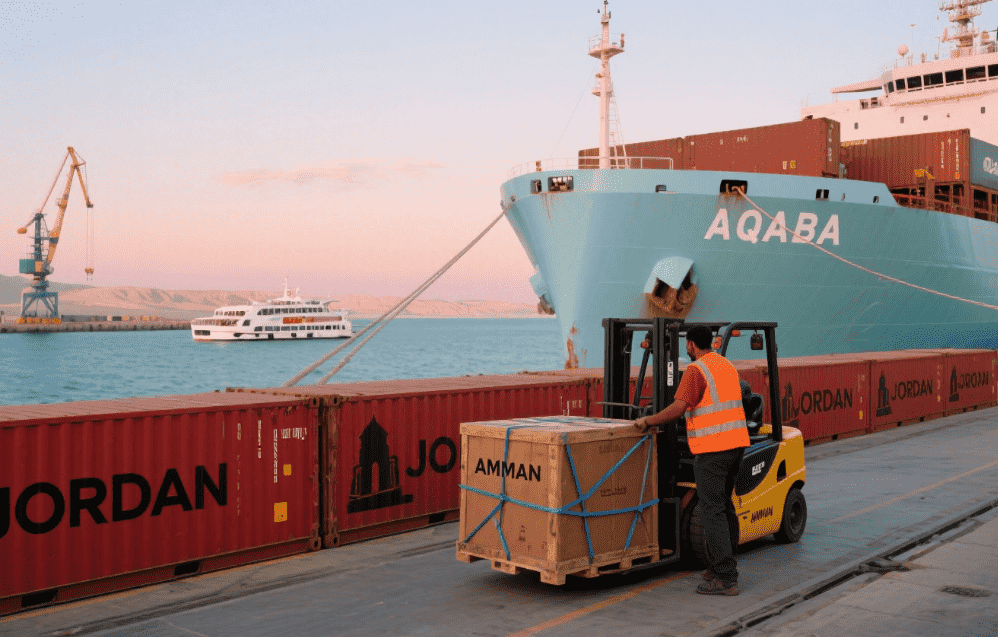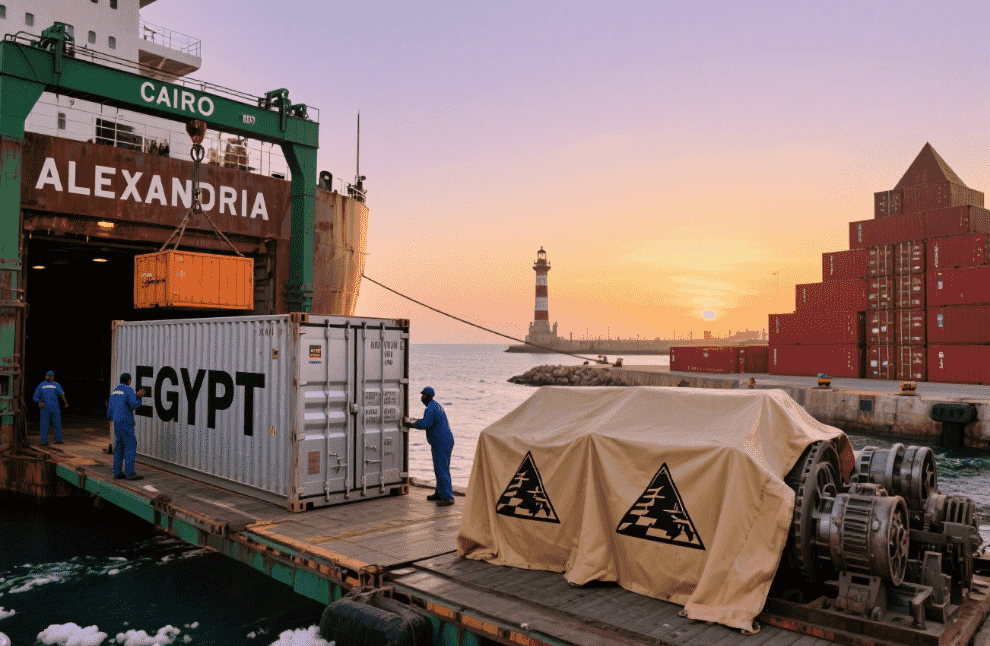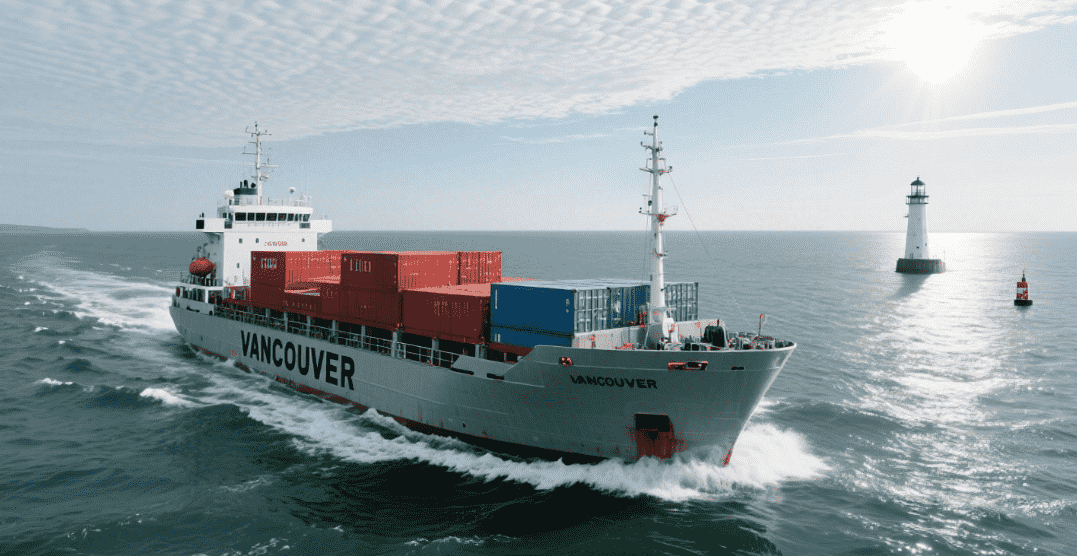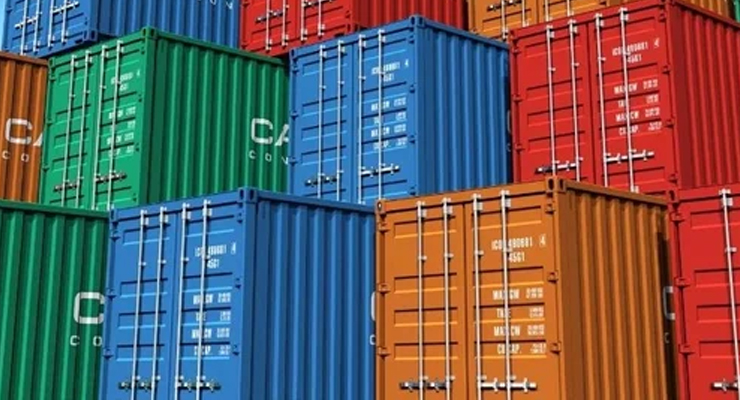
Sea freight remains one of the most popular modes of international transport, due to its convenience and cost effectiveness. It’s no surprise that more than 80% of global cargo is moved by ocean vessels, whereas a large majority of that is shipped on container vessels.
Booking a sea freight shipment is straightforward and can be done through various different ways. You’ll need to prepare all of your cargo details and select if you wish to use a freight forwarder, a shipping line or a freight marketplace. Here’s a quick summary on how to book a container in shipping:
1. Finalize Cargo Requirements
Once you’ve secured an order it’s time to start the shipping process. Before you actually start booking your containers, you’ll need to assess various cargo, shipment and container details.
The reason why these types of details are required is because this will determine what type and how many containers you’ll need to book. You want to avoid having to amend a booking later on, as revisions are subject to carrier approval and required additional work. Before you start booking, asses the following details:
Cargo:
Type/Dimensions/Weight/Special Handling/Load Type
Shipment:
Consignee/Destination/Permits/Documentation/Cargo Ready Date
Container:
Type /Size/Quantity
2. Place Shipment Booking
Now that the shipment, container and cargo details are assessed, you can start the booking process. If you’re an established shipper and have valid contracts with shipping lines or carriers you may simply book directly with them.
On the other hand, if you’re arranging a spot rate shipment or wish to book containers to fulfill individual orders, you’ll have the choice of booking with freight forwarders, directly with shipping lines or through a freight marketplace.
Booking Containers Through Freight Forwarder
Bookings through freight forwarders gives you access to multiple carriers and their services. This is because freight forwarders work closely with a wide variety of shipping lines and get access to special rates.
Moreover, freight forwarders are also able to offer end-to-end services. This means that they are able to offer a seamless service that covers container pick up at the origin, all the way to the final delivery at the destination (door-to-door service).
This can include customs clearance, pre and on-carriage, documentation, tracking, and more. Some of the most renowned freight forwarding companies have a global presence .
3. Select Container Type & Size
In the booking process, you’ll need to decide on the quantity and type of containers. You’ve already prepared this information in the first step, depending on your cargo requirements. Below are some of the most common shipping containers with their max load, volume and pallets.
Feel free to use the table below for reference to plan your shipments. Ensure that your cargo is able to fit in terms of weight, volume and pallets. Also take note that there is a difference between Euro and standard pallets.
4. Provide Shipment Information
Once you have selected the right types of containers, as well as the quantity, you’ll need to provide important shipping information. Without this information, freight forwarders, shipping lines or freight marketplaces are not able to process your booking.
Shipper DetailsConsignee DetailsCargo Ready DatePickup DetailsCargo TypeNotify PartyVessel NameNumber of Containers Booking Instructions
Depending where you book your containers, data requirements may vary. Ensure that you follow the requirements according to your booking method.
5. Finalize Shipping Dates
You’ll now need to select what sailing you wish to proceed with. It’s important to note that this is one of the most important pieces of information that is required, as all of the subsequent events are based on this.
You’ll need to select the sailing (as per the sailing schedule presented; vessel name and voyage number), as well as the estimated date and time of departure and arrival.
ETD/ETA/Sailing
6. Confirm Freight Booking
Once you have completed the bookings process by filling out all of the required information, you’re presented with a booking confirmation (also referred to as pro forma booking).
A booking confirmation acts like a receipt and details all of the relevant information.
7. Ready Cargo for Shipment
Now that the booking has been confirmed by the carrier, ensure the cargo is ready on the pickup day. Since you’ve indicated your cargo ready date in the booking process, your containers will be delivered for shipping on that date.
Check to ensure that your cargo has seaworthy packaging and that pallets are shrink-wrapped if palletized. This is important to protect the cargo from damage during transport and to avoid possible damage claims.
Once the containers are picked up, you’ll receive updates from your freight forwarder, shipping line or freight marketplace providers. Take note that you can also track your shipping containers or track container ships using various websites.


